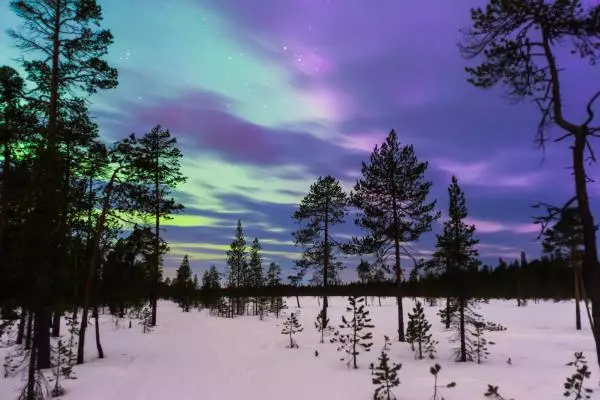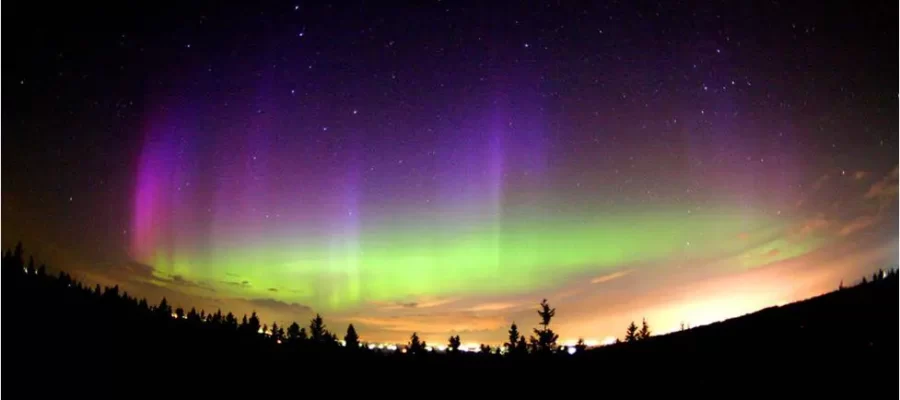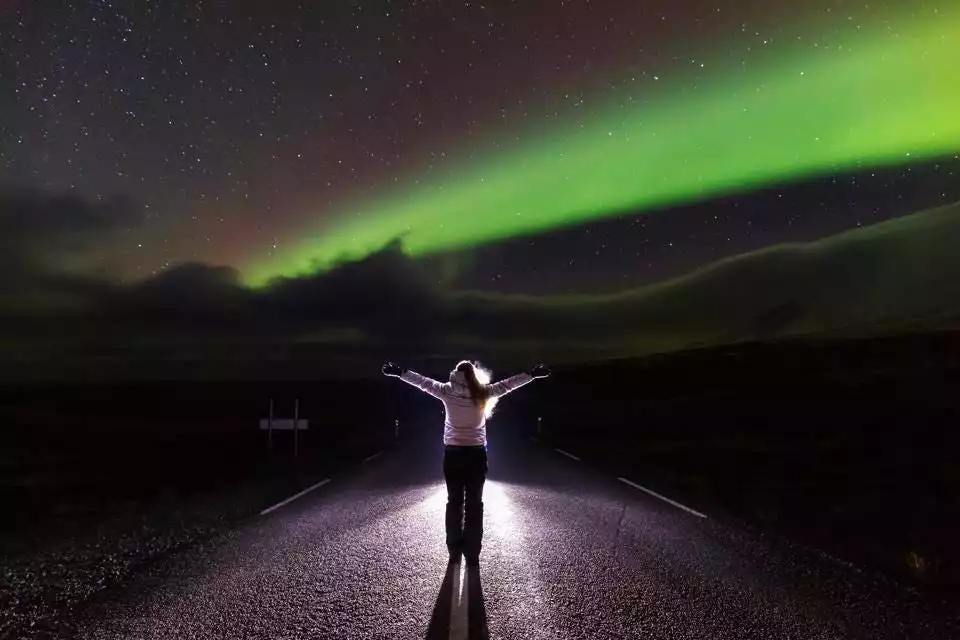The History and Mythology of Greece: A Fascinating Journey
Greece is a country with a rich and fascinating history, and its mythology is equally intriguing. From the ancient gods and goddesses to the famous philosophers, there’s no shortage of interesting stories to discover. In this blog post, we’ll take a journey through the history and mythology of Greece, exploring the most famous myths and historical events.
Mythology

Greek mythology is one of the most fascinating aspects of Greek culture. The Greek gods and goddesses were a central part of daily life, and their stories were used to explain natural phenomena and human behavior. The most famous gods and goddesses include Zeus, Hera, Poseidon, Athena, Apollo, and Aphrodite.
Zeus was the king of the gods and was often depicted with a thunderbolt in his hand. Hera was his wife and the goddess of marriage and family. Poseidon was the god of the sea, and Athena was the goddess of wisdom and warfare. Apollo was the god of music, poetry, and prophecy, while Aphrodite was the goddess of love and beauty.
Each of these gods and goddesses had their own myths associated with them. For example, the myth of Demeter and Persephone explains the changing of the seasons, as Demeter’s grief over her daughter’s disappearance causes the earth to become barren. The story of Apollo and Daphne explains why the laurel tree became associated with victory and poetry, as Apollo pursues Daphne, who is transformed into a laurel tree to escape him.
History

Greek history is just as fascinating as its mythology. The Bronze Age in Greece saw the rise of the Minoan civilization, which was known for its art and architecture. The city-states of Athens and Sparta rose to power in the Archaic period, and the Persian Wars in the fifth century BCE saw the Greeks successfully repel the invading Persians.
One of the most famous figures in Greek history is Alexander the Great, who conquered much of the known world in the fourth century BCE. His conquests led to the Hellenistic period, which saw the spread of Greek culture and influence across the Mediterranean world.
Philosophy

Greek philosophy is another important aspect of Greek culture. Famous philosophers such as Socrates, Plato, and Aristotle were all Greek, and their ideas continue to influence Western philosophy to this day.
Socrates believed that the pursuit of knowledge was the most important goal in life, and that true wisdom came from admitting that one did not know everything. Plato believed that there was a world of perfect forms that existed beyond the physical world, and that the role of philosophy was to seek knowledge of these forms. Aristotle believed in the importance of reason and logic, and his work in biology and ethics laid the foundation for Western science and ethics.
Art and Architecture

Greek art and architecture is some of the most impressive in the world. The Parthenon, located on the Acropolis in Athens, is perhaps the most famous example of Greek architecture. It was built in the fifth century BCE as a temple to the goddess Athena, and its proportions and design have been admired for centuries.
The Temple of Olympian Zeus in Athens is another impressive example of Greek architecture. It was built in the second century CE and was one of the largest temples in the ancient world.
Famous Battles

Greek history is also marked by famous battles, such as the Battle of Marathon, the Battle of Thermopylae, and the Battle of Salamis. The Battle of Marathon in 490 BCE saw the Greeks successfully repel the invading Persians, while the Battle of Thermopylae in 480 BCE saw the Greeks valiantly defend against a massive Persian invasion.
The Battle of Salamis in 480 BCE was a naval battle between the Greek city-states and the Persian Empire, which resulted in a decisive victory for the Greeks and marked the turning point of the Persian Wars.
Let us know your requirements. Our experts will curate the perfect itinerary for you.











































